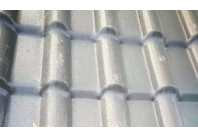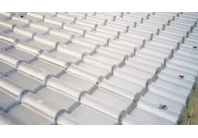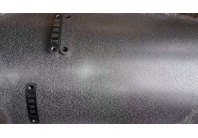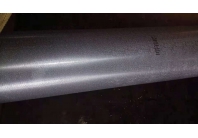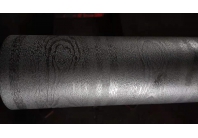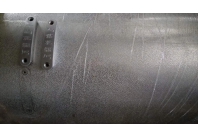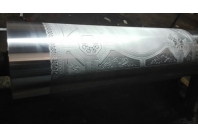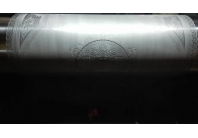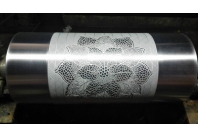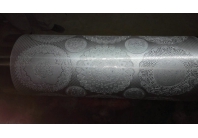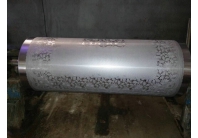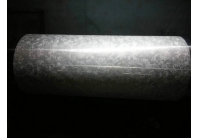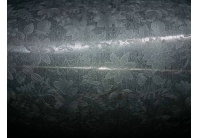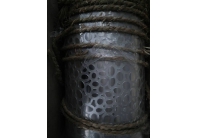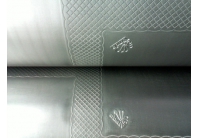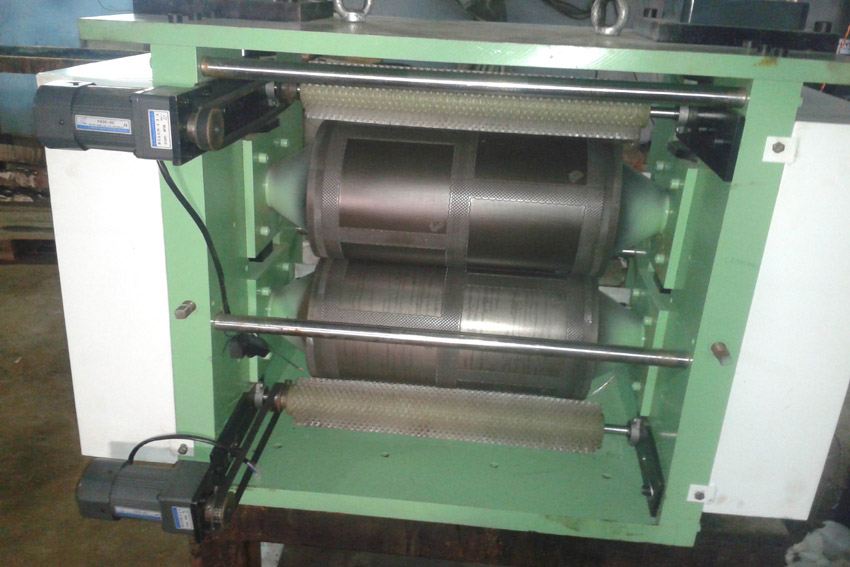- 面料后整理的目的是什么
- 本站编辑:杭州创兴花纹辊(杭州余杭区瓶窑镇创兴模具厂)发布日期:2018-08-24 15:55 浏览次数:
杭州创兴花纹辊拥有一批在压纹辊行业磨炼多年技术精湛的专业人员,从设计,研发,生产到销售一体化,承蒙各界人士的支持与真诚合作,我们得以迅速稳定的发展。
Hangzhou Chuangxing Roller has a group of professionals who have been honing for many years in the roller industry. From design, research and development, production to sales integration, thanks to the support and sincere cooperation of people from all walks of life, we can develop rapidly and steadily.
下面我们与大家一起聊聊关于面料的一些问题,即面料后整理的目的是什么?主要有以下几个方面:
Now let's talk with you about some questions about the fabric, that is, what is the purpose of finishing the fabric?
一、使纺织品幅宽整齐均一,尺寸和形态稳定。如定(拉)幅、机械或化学防缩、防皱和热定型等。
First, make the textile width uniform and uniform, size and shape stable. Such as setting (pull), mechanical or chemical shrinkproof, wrinkle resistant and heat setting.
二、增进纺织品外观:包括提高纺织品光泽、白度,增强或减弱纺织品表面绒毛。如增白、轧光、电光、亚文、磨毛、剪毛和缩呢等。
2. Improving the appearance of textiles: Including improving the gloss and whiteness of textiles, strengthening or weakening the surface fluff of textiles. For example, whitening, calendering, electro optic, Ywen, sanding, shearing and shrinking.
三、改善纺织品手感:主要采用化学或机械方法使纺织品获得诸如柔软、滑爽、丰满、硬挺、轻薄或厚实等综合性触摸感觉。如柔软、硬挺、增重等。
3. Improving textile handle: Making textiles obtain comprehensive touch sensations such as softness, smoothness, fullness, stiffness, lightness or thickness mainly by chemical or mechanical methods. Such as soft, stiff, weight gain and so on.
四、提高纺织品耐用性能:主要采用化学方法,防止日光、大气或微生物等对纤维的损伤或侵蚀,延长纺织品使用寿命。如防蛀、防霉整理等。
4. Improving the durability of textiles: chemical methods are mainly adopted to prevent damage or erosion of fibers by sunlight, atmosphere or microorganisms, and to prolong the service life of textiles. Such as moth proofing, mould proofing and so on.
五、赋予纺织品特殊性能:包括使纺织具有某种防护性能或其他特种功能。如阻燃、抗菌、拒水、拒油、防紫外线和抗静电等。
Five, give the textile special properties: including the textile has some protective properties or other special functions. Such as flame retardant, antibacterial, water repellent, oil repellent, UV and antistatic.
面料后整理技术的发展朝着产品功能化、差别化、高档化,加工工艺多样化、深度化方向发展,并强调提高产品的服用性能,增加产品的附加值。近几年来,不断从其他技术优先域引进借鉴各种新技术(如低温等离子体处理、生物工程、超声波技术、电子束辐射处理、喷墨印花技术、微胶囊技术、纳米技术等),以提高加工深度,获得良好的整理产品。随着人类对环境污染和破坏的关注,对健康越来越重视,提倡“低碳”经济,后整理技术要求进行环保“绿色”加工,生产“清洁”、“低碳”的纺织产品。
The development of fabric finishing technology is toward functional, differential and high-grade products, diversification and depth of processing technology, and emphasis on improving the wearability of products and increasing the added value of products. In recent years, a variety of new technologies (such as low temperature plasma treatment, bioengineering, ultrasonic technology, electron beam radiation treatment, ink jet printing, microcapsule technology, nanotechnology, etc.) have been introduced from other technical fields to improve the processing depth and obtain good finishing products. With the concern of human being on environmental pollution and destruction, more and more attention has been paid to health, advocating "low carbon" economy, and the post-finishing technology requires environmental protection "green" processing to produce "clean" and "low carbon" textile products.
面料的基本后整理方法有:稳定尺寸、改善外观的整理方法、改善手感优化性能的整理方法、使面料获得多功能、高附加值的整理方法、使面料高级化的整理方法、满足特殊要求的整理方法。
The basic finishing methods of fabrics include: stabilizing the size, improving the appearance, improving the handle and optimizing the performance of the finishing method, making the fabric obtain multi-functional, high value-added finishing method, making the fabric advanced finishing method, finishing method to meet special requirements.
- 上一篇:保养压花辊的方法
- 下一篇:镜面辊需要怎么保养?



